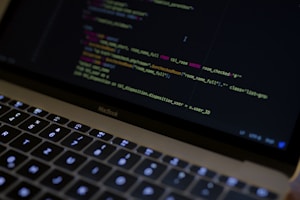Critical systems are known to be very sensitive to information access. When they have a slight vulnerability in their design, they will easily fall prey to hackers and other kinds of information criminals. This calls for thorough checks to be run on the critical system to ensure that it does not contain any vulnerability that might make it a danger to the information held within the system. The checks are more commonly referred to as vulnerability analysis, aiming to look into the applications and determine how safe and secure they are.
Additionally, the users of the application will know which sections of the application are more likely to allow attackers to penetrate the system and which ones are capable of standing up to an attack. Any information attack on a critical system is also hazardous and detrimental to an application that holds sensitive information. Whenever the system has been attacked, some of its components stop to perform as they were. The exposed sections of the system are known as vulnerability. This includes anything from an incorrect configuration to a setup that has left details missing in the application’s entire setup.
The information systems users will be very likely to notice a vulnerable system when it has been studied for these weaknesses. The people that perform these checks are known as white hat hackers, and they use the same means and methods as those used by ordinary hackers. The vulnerability analysis looks for potential points of entry into the application that could be used by any other hacker to penetrate the system.
Once these have been clearly defined and their sources established, the software gets to be fixed up and patched up with security updates, which fix the sections that have been identified in the vulnerability analysis. The areas that hold a potential for stopping the entire application or system when there has been an attack incidence are also identified, and the proper fixes are applied. This makes it possible for the information system users to have a better time with the systems that have been fixed, and all the security holes and weak points patched up.
The software upgrades also include the feedback from the analyses that ensure that the developers get to make the correct changes to the source code to fill up all the areas that were known to be dangerous to the running of the system. Properly running systems will also be able to stand up to an attack when they have been upgrading and correctly updated to reflect they are of the latest version which has been released by the software developer to address all the relevant security concerns that could have held the potential for the application or system not being as effective. The result is a system that runs safely and operates within stable parameters, which means that the system will provide better security and render a better service level to its users.






